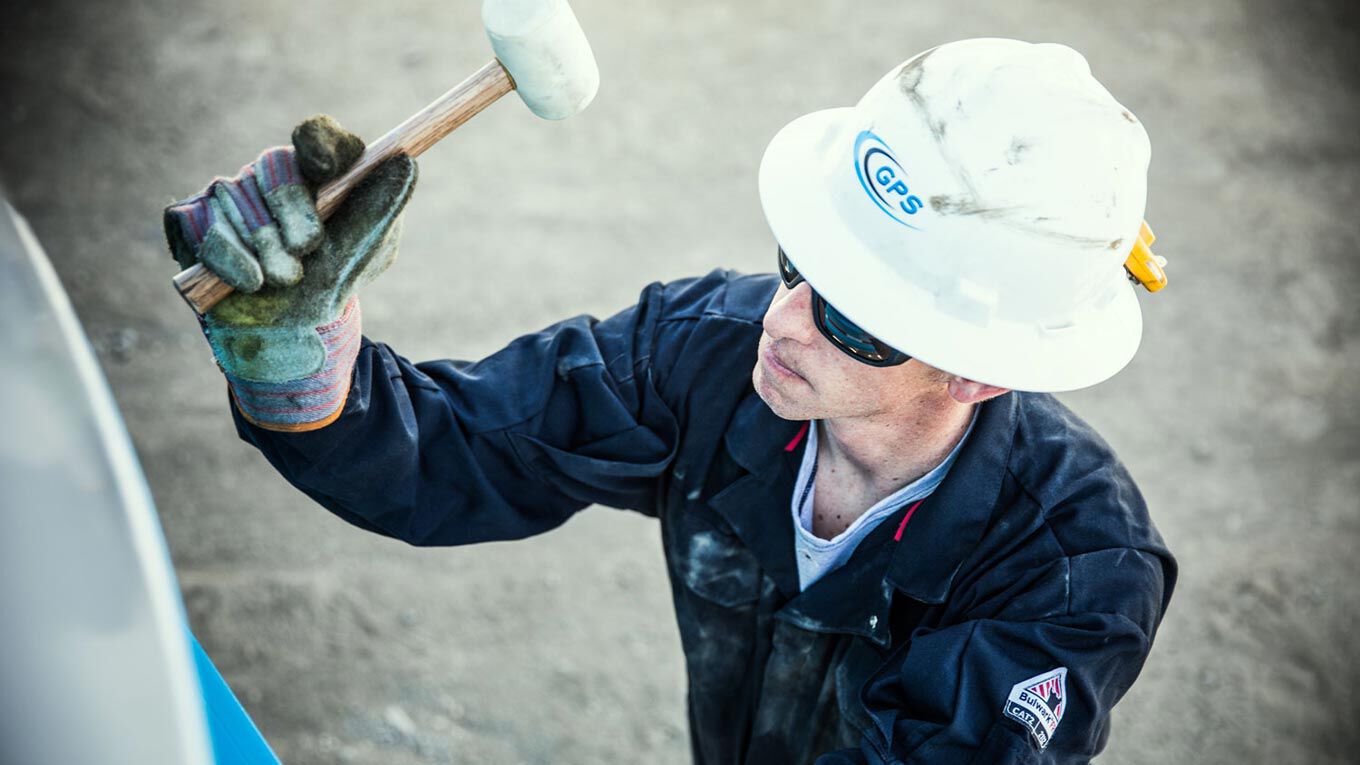What is a Hazard Risk Assessment?

AR, FR, ATPV, OSHA. The list goes on and on. If there’s one thing that’s true about FR safety, it’s that there are a lot of terms to memorize. It’s not always easy to keep the various words and acronyms straight, but when it comes to building and implementing an effective safety program, knowing your FR vocabulary is important. Here, our FR experts have compiled the most important of those terms in a handy alphabetized glossary so you can create a culture of compliance.
Arc Flash
An arc flash is a type of electrical explosion where temperatures can reach or exceed 35,000 °F. The Arc Flash hazard affects all who work in and around energized electrical equipment. This can include general industry electricians, maintenance workers and operators, as well as our electric utilities, including transmission, distribution, generation and metering.
Arc-Rated (AR) Protective Clothing
Arc-rated protective clothing protects from arc flash and electric arc hazards. AR garments are measured in cal/cm². The total AR clothing system must meet or exceed required arc protection levels. Remember, all AR is FR, but not all FR is AR.
Breakopen
Breakopen is the formation of holes in the fabric during arc rating testing. This is the point of failure of FR protective garments.
EBT
Energy Break-Open Threshold is an alternative measure to ATPV when that measure cannot be used due to breakopen.
Flash Fire
A rapid moving flame front that can be caused by a diffuse fuel, such as dust, gas, or the vapors of an ignitable liquid, without the production of damaging pressure. Flash fire is the primary hazard in the Oil & Gas industry, which includes exploration, drilling, field services and refining.
Hazard Risk Assessment
The first step in the creation of any PPE program is the Hazard Assessment. Federal regulations require employers to assess the workplace to determine if hazards that require the use of personal protective equipment are present or are likely to be present. These include impacts, combustible dust, fire/heat, and chemical hazards, among others.
HRC (Hazard Risk Category)
Hazard risk categories are defined by NFPA® 70E and assigned based on risk associated with electrical safety and arc flash. HRC levels determine the appropriate ATPV of flame-resistant clothing for a given task.
PPE Category
Replaces HRC in 2015 edition of NFPA 70E, the “0” category was eliminated in NFPA 70E 2015. The minimum ATPV’s for PPE Category 1 through 4 are the same as they were for HRC, and the new PPE table only specifies PPE for work within the arc flash boundary.
CAT 2
HRC 2 rated garments have an arc rating between 8 cal/cm² and 25 cal/cm² and are often referred to as “daily wear.”
CAT 3
HRC 3 rated garments have an arc rating between 25 cal/cm² and 40 cal/cm².
CAT 4
HRC 4 rated garments have an arc rating equal or greater than 40 cal/cm². These high ratings are achieved with a layered FR system. Download our FR Layering Fact Sheet to learn the do’s and don’ts of layering for FR.
Inherently Flame Resistant
Inherently flame resistant fabrics are engineered to be flame-resistant at the fiber level, and do not require any additional finishing.
NFPA®
The National Fire Protection Association is an agency whose task it is to promote and improve fire protection and prevention. They publish National Fire Codes.
NFPA® 2112
Refers to NFPA’s “Standard on Flame Resistant Garments for Protection of Industrial Personnel Against Flash Fire.” NFPA® 2112 is the “go-to” industry consensus standard that addresses flash fire. It defines the testing methods and performance requirements for flame-resistant fabrics for this hazard.
NFPA® 70E
The “Standard for Electrical Safety in the Workplace,” NFPA® 70E is meant to protect those working around potential arc flash hazards. Note that NFPA® 70E applies only to general industry electrical safety, not to electric utility workers.
OSHA
Founded by the Occupational Safety & Health Act of 1970, The Occupational Safety and Health Administration’s (OSHA) mission is to “assure safe and healthful working conditions for working men and women by setting and enforcing standards and by providing training, outreach, education and assistance.” Their general duty clause ensures a safe workplace for all employees and is the basis for all industry consensus standards. OSHA determines regulations and standards related to personal protective equipment.
OSHA 1910.269
The regulation states that power utilities make reasonable estimates of the incident heat energy to which their employee would be exposed, and that employees exposed to hazards from electric arcs wear AR clothing and other protective equipment with an arc rating greater than or equal to the estimated heat energy.
ANSI
Founded in 1918, The American National Standards Institute coordinates and develops voluntary standards for products, services, and systems. The organization’s goals include performance consistency and product safety. It is the U.S. member body to ISO and IEC.
PPE (Personal Protective Equipment)
Personal protective equipment is specialized safety gear worn by an employee for protection against a hazard. Flame resistant/arc rated garments are a form of personal protective clothing worn against thermal hazards.
Moisture Wicking
Moisture wicking fabrics pull moisture (sweat) away from the body and dry quickly, keeping the wearer cooler, dryer, and more comfortable. Bulwark iQ Series® FR Comfort Knits and Wovens are among the best moisture wicking FR garments available.
Breathability
Breathability refers to how well a fabric allows air to be transmitted through the material. The more air that passes through, the cooler the wearer stays. Bulwark iQ Series® Endurance Collection is the first of its kind to offer high level FR protection in a material that is extremely breathable and durable.